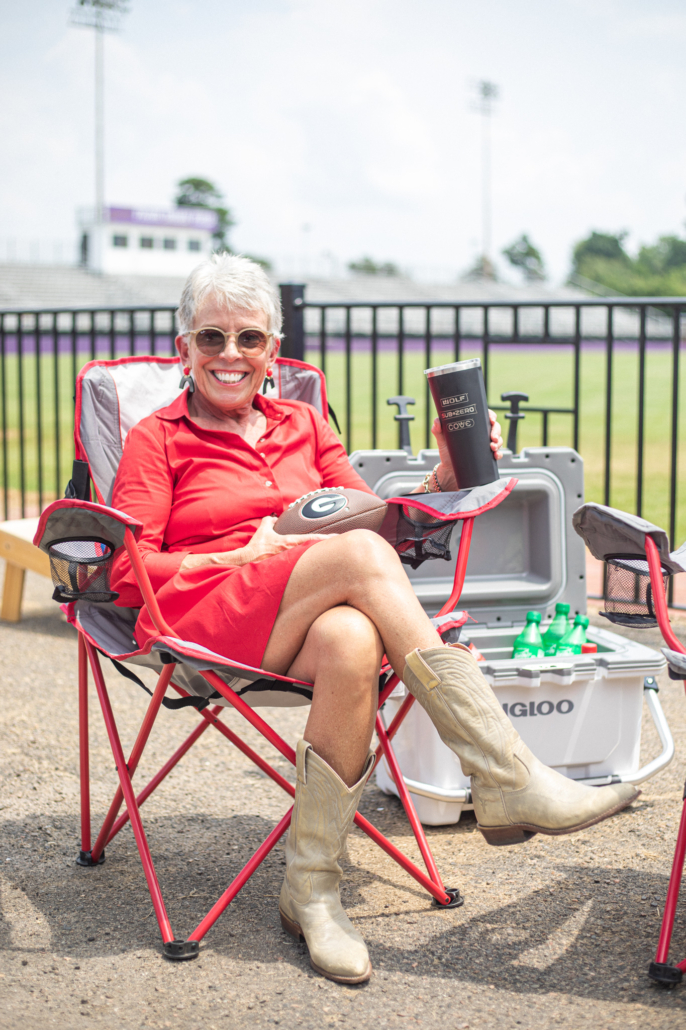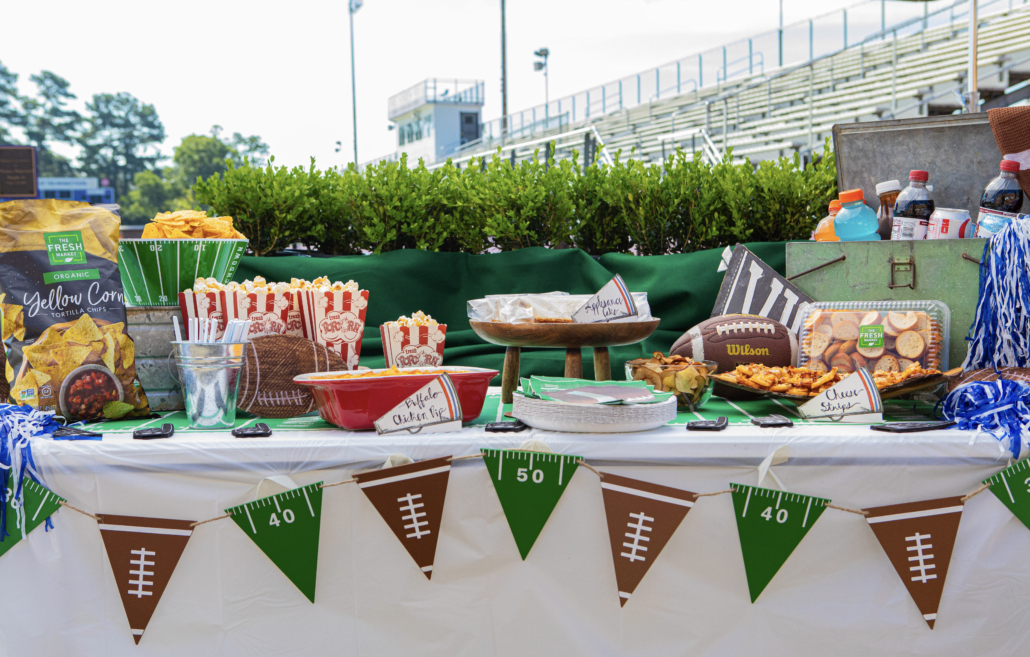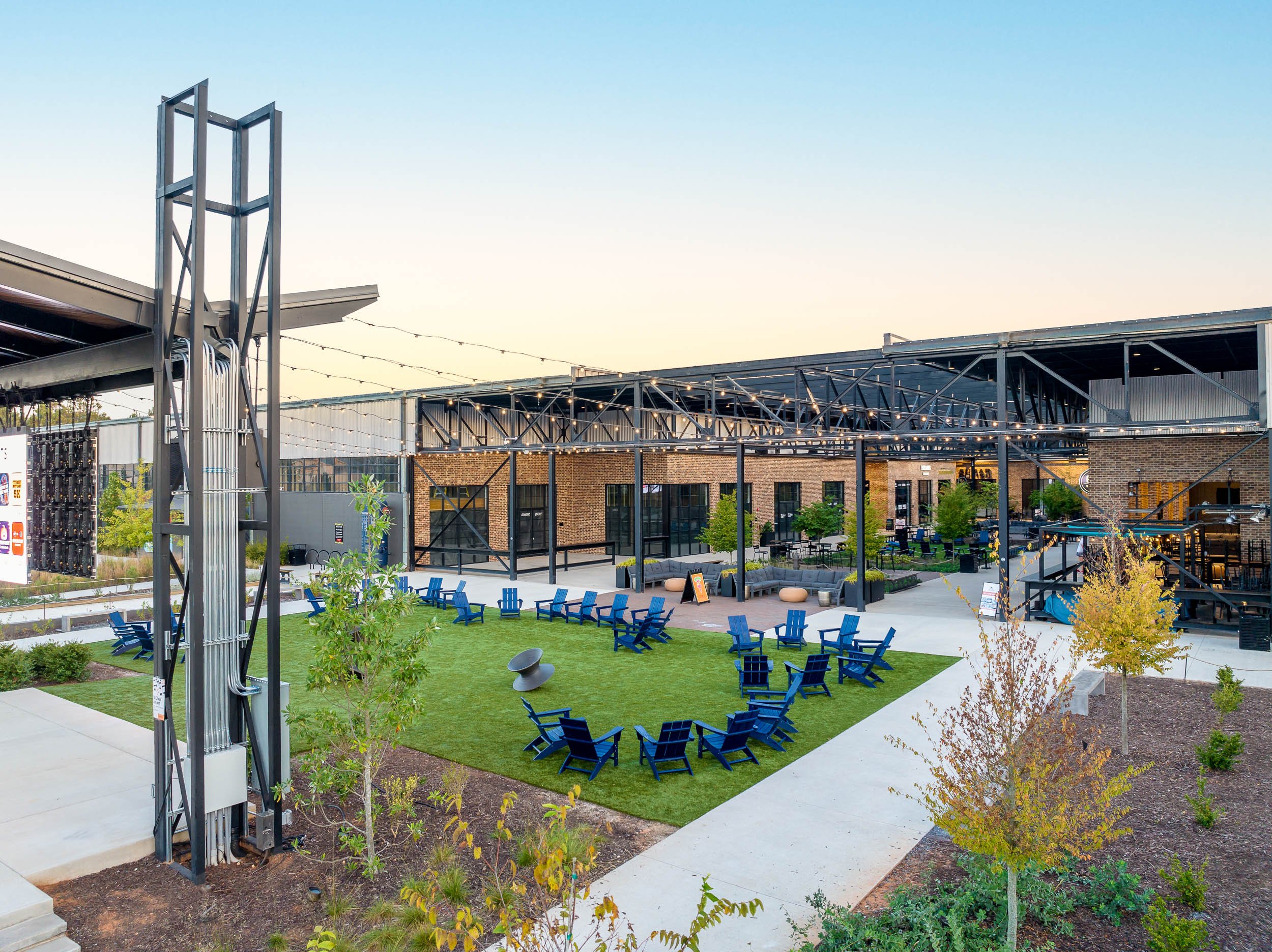Tasty Tailgating: Vera Stewart’s Very Vera Buffalo Chicken Dip
Tailgating season is upon us and Dawgs around the globe will be spending their Saturdays gathering for football games. To celebrate this exciting time, we are sharing our Tasty Tailgating series once again, bringing you some of the best recipes from University of Georgia alumni.

Vera Stewart (submitted photo).
Vera Stewart (BSHE ’74) is sharing the recipe for her Very Vera buffalo chicken dip this season. Vera is a cookbook author, mentor, Southern cooking host and entrepreneur. She’s been running her own catering business for 40 years in Augusta. In 2011, she was offered her own cooking and lifestyle show: The VeryVera Show.
The buffalo chicken dip she is sharing today pairs well with crackers or vegetables and is sure to be a delicious addition to any spread.

An up-close of Vera Stewart’s buffalo chicken dip (submitted photo).
Buffalo Chicken Dip
Prep Time: 20 minutes
Bake Time: 20 minutes
Yield: Approximately 7 cups
Ingredients:
- 4 to 5 boneless, skinless chicken breasts
- Cooking spray
- 2 (8-ounce) blocks cream cheese
- 1 (1-ounce) package dry ranch seasoning
- 6 tablespoons Frank’s® Red Hot buffalo wing sauce
- ½ cup shredded cheddar cheese
- Crackers or fresh vegetables, for serving
Instructions:
- Place the chicken breasts in a large pot with water set over medium-high heat. Bring it to a boil and boil the chicken until a thermometer inserted in the middle of a chicken breast reads 165°F or higher. Test to see if the chicken is ready by pushing a fork into it and see if it is easily shredded.
- Once ready, turn off the burner and remove the chicken from the boiling water. Place on a cutting board to cool slightly. When the chicken is cool enough to handle, shred by hand with two forks or place the chicken in the bowl of a stand mixer. Using the paddle attachment, turn the mixer on low or medium speed to shred the chicken.
- Preheat the oven to 350°F and prepare a large casserole dish with cooking spray.
- In a microwave-safe bowl, place the cream cheese in the microwave and melt slightly until softened and easy to mix.
- Stir in the ranch seasoning packet and buffalo sauce. Mix until fully combined.
- In the prepared casserole dish, mix together the shredded chicken and the cream cheese mixture.
- Top with the cheddar cheese and place in the oven. Bake for about 20 minutes, or until the cheese is melted.
- Serve warm with your favorite crackers and vegetables.

A tailgate spread featuring Very Vera Buffalo Chicken Dip (submitted photo).
Use Vera Stewart’s Very Vera Dip this football season to create the tailgate buffet of your dreams.











